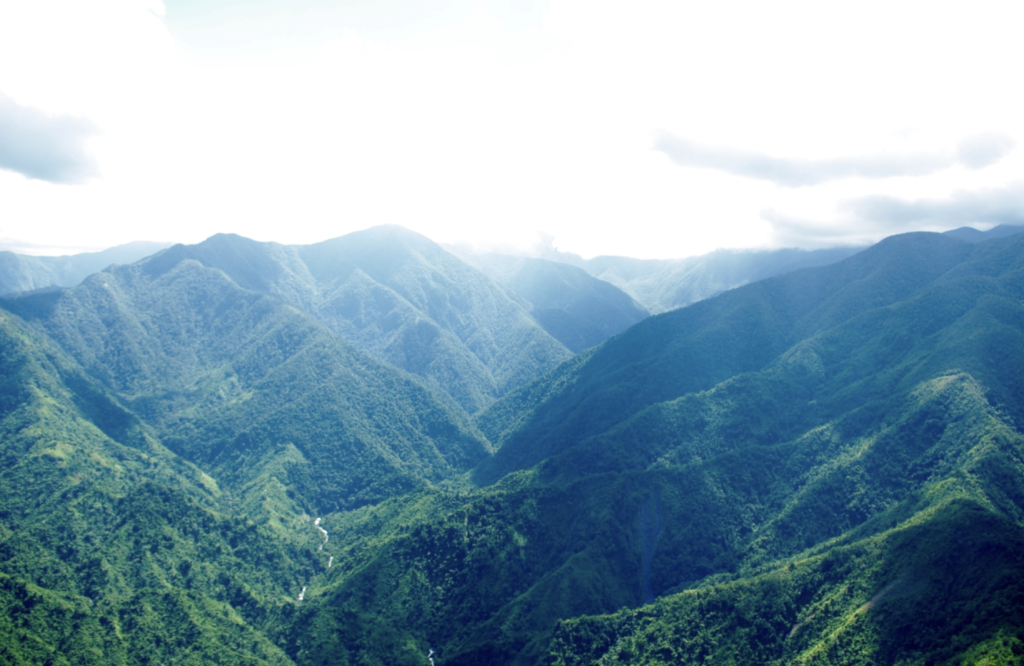Montego Bay Marine Park Overview
Montego Bay Marine Park, located in Jamaica, is a protected area encompassing approximately 6 square miles (15.5 square kilometers) of coastal waters along the northwestern coast of the island.
Established in 1991, the park was created to safeguard the diverse marine ecosystems in Montego Bay, one of Jamaica’s most visited tourist destinations. The park stretches from the Great River in the west to Rum Bottle Bay in the east and includes a variety of marine habitats such as coral reefs, mangroves, and seagrass beds. These ecosystems play a crucial role in maintaining biodiversity, protecting shorelines, and supporting local fisheries.
The terrain of the park is dominated by vibrant coral reefs, including fringing reefs that extend close to shore and deeper barrier reefs further out. These reefs feature stunning formations, such as brain coral, elkhorn coral, and staghorn coral, providing shelter to an array of marine species.
The park’s mangrove forests, primarily composed of red, black, and white mangroves, act as nurseries for many fish species and serve as a buffer against coastal erosion. Seagrass beds, which thrive in the shallow waters, provide a crucial feeding ground for species such as sea turtles and manatees. The clear, warm Caribbean waters offer excellent visibility, making the park a prime location for snorkeling and scuba diving.
Montego Bay Marine Park is home to an impressive variety of marine life. Snorkelers and divers can spot numerous species of fish, including parrotfish, angelfish, wrasse, and snapper, darting between the corals. Larger species such as barracuda, eagle rays, and occasionally reef sharks are also found in these waters.
The park is known for its populations of hawksbill sea turtles and green sea turtles, both of which rely on the area’s protected waters for feeding and nesting. Among the notable bird species in the park are the magnificent frigatebird, brown pelican, and various herons and egrets that inhabit the mangroves. The park’s rich biodiversity makes it a haven for marine and coastal wildlife enthusiasts.
One of the most popular attractions within Montego Bay Marine Park is the Doctor’s Cave Beach, renowned for its powdery white sand and crystal-clear waters. The beach provides an ideal starting point for snorkeling excursions, allowing visitors to explore the reefs just offshore.
Visitors can also embark on guided snorkeling and diving tours to more remote reef sites, where they can encounter an even greater variety of marine life. Glass-bottom boat tours offer a fantastic alternative for those who prefer to stay dry while still enjoying views of the vibrant underwater world. Kayaking and paddleboarding through the mangroves provide an up-close experience of the park’s coastal ecosystems.
Conservation remains a priority within the Montego Bay Marine Park, though challenges persist. Overfishing, pollution, and climate change pose significant threats to coral reefs and marine biodiversity. However, conservation efforts, such as the establishment of no-fishing zones and coral restoration projects, have yielded positive results.
The park’s management works closely with local stakeholders to promote sustainable tourism and educate the public on the importance of marine conservation. By enforcing protective regulations and raising awareness, Montego Bay Marine Park continues to be a model for marine conservation in the Caribbean.











































































